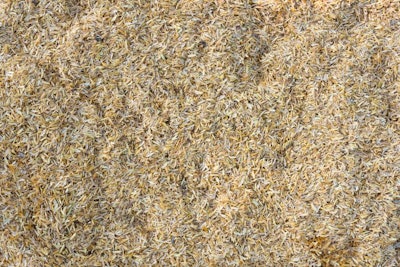
Research from Indonesia offers new hope in the battle against a common crop pest without using potentially damaging chemicals.
A staple food and feed ingredient, rice is the most important grain crop for half of the world’s population. Like other crops, rice yields can be substantially impacted by several pests and diseases, one of the most threatening of which in Asia is the brown planthopper. Adult females make holes in rice stems to lay their eggs, disrupting the plant’s flows of nutrients and water for growth, and providing a point of entry for bacterial and viral diseases.
By studying the interactions between the rice plant, the planthopper, and a parasite that preys on the pest’s eggs, scientists based in Indonesia have identified a way to prevent damage to the plants without using chemicals that can harm the environment.
In a paper published recently in the Pertanika Journal of Science and Technology, scientists at the university at Negeri Malang and the Indonesian Sweetener and Fibre Crops Research describe their studies to examine the three-way interactions between plant, pest and parasite.
Both in the laboratory and in the field, they found that more of the natural Anagrus nilaparvatae parasites were attracted to a sample of rice husk coated in a volatile extract from planthopper-infected rice plants than one with the essence from healthy plants.
Researchers concluded their results demonstrate that their use of a bio-silica-cellulose adsorbent represents an effective method for enhancing conservation biological control in its ability to adsorb and then release the volatile compounds, and that it can be effective in attracting the parasites that prey on the planthopper eggs.
Further work on this and other attractants offers the potential to exploit the natural defenses of rice and other key food and feed crops to reduce the damage caused by pests without the need to apply pesticides that may adversely affect the natural ecosystem.
While rice is the staple food for people in many countries across the world, particularly in Asia, a range of co-products such as rice bran are sometimes undervalued as an ingredient in feeds for poultry and pigs.
Rice growers in Kazakhstan are being encouraged to adopt new technology to make better use of rice hulls — often seen as a waste product — in animal feeds, and construction is planned for the first cattle feed mill to use rice straw as a raw material in the Indian state of Punjab.















